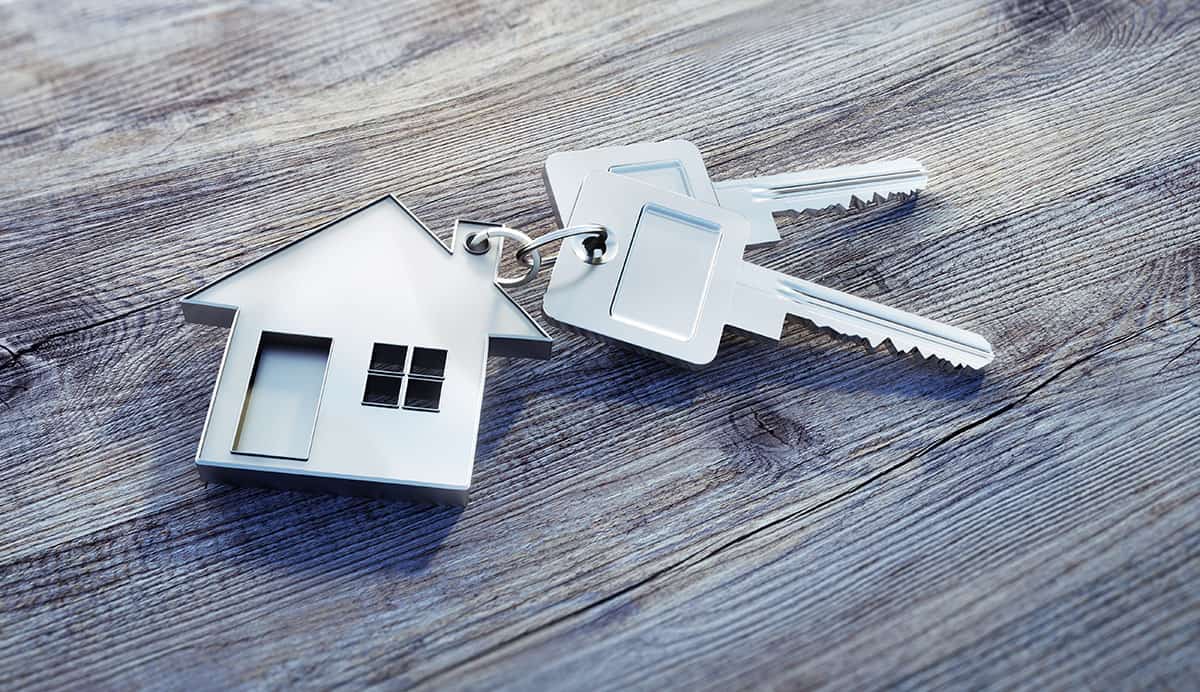When did you last focus your attention toward your home’s safety? This comprehensive checklist of maintenance and small but effective improvements will help minimize the risk to your home.

1. Security systems
Did you know that more than 2.5 million home intrusions are reported every year in the United States? Most importantly, homes without security systems or alarms are three times more likely to be broken into, so if you don’t have a security camera system in place, start looking for one. If you already have cameras installed, consider whether your system is as effective as it could be—2016 saw many home security improvements and advancements. There are numerous home automation security features that improve how you safeguard your home, so take a look at what’s available and see if your home could benefit from an upgrade. A good starting point could be this online article http://thewirecutter.com/reviews/the-best-home-security-system/
2. Structural damage
Erosion and structural damage around your home worsen over time, thus it’s so important to tackle these problems as soon as possible. If you’ve been neglecting any cracks in your walls, it’s time to fix them. Notice whether the soil around your home has moved at all. If it has, your grass or other covering is failing to keep it in place, so get concrete pavers or gravel for stronger reinforcement.
3. Inspect your roof
Check your roof at least once a year for signs of damage or sagging, including buildup of moss or leaves that might cause leaks and water damage. A more detailed guide on how to spot roof damage can be found in our blog section http://remedyroofing.com/is-your-roof-in-good-shape/
4. Gutters
Clogged gutters and downspouts can cause water damage to your home’s foundation. When this happens, water can leak into your basement. Clean your gutters by removing any leaves, dirt or other debris that have accumulated.
5. Smoke alarms
Check your smoke alarm system on a regular basis and replace weak batteries as soon as you notice them. Your smoke alarm should also be cleaned yearly: Remove the batteries, use a vacuum to remove dust buildup and clean its cover.
6. Electrical wiring
Ensure electrical wiring is not overloaded anywhere in your home or garage, as electrical short circuits can quickly lead to household fires. Replace old wires to reduce the chances of an incident and check your wires every few months. Go a step further by ensuring all your plugs fit snugly in their outlets—this will help you avoid hazardous heat buildup.
7. Furnace
If you have a furnace, make sure it has a clean filter. A clogged furnace filter can cause you to use more energy—and thus pay a higher bill—to heat and cool your home, and it can also make the air in your home unhealthy to breathe. If yours needs any other repairs beyond a new filter, which is easy to replace yourself, call in a professional to do them.
8. Air conditioner
Replacing or cleaning filters is crucial to maintaining your air conditioning unit, as is cleaning its coils and fins. Whether you aren’t sure if your unit is in good condition or if you know it needs repairs, call a professional service technician as soon as possible.
9. Carbon monoxide detector
Carbon monoxide is almost impossible to identify without a detector, thanks to its lack of odor, color, or taste. To protect your family from potential CO poisoning, install a detector on each floor of your home, especially near areas where people sleep. Some cities have laws that specify what type of CO detector you must have and where they must be located—ensure your home has appropriate protection and meets local standards.
10. Emergency kit
Each person living in your household should prepare a 72-hour kit for emergencies. The contents of your 72-hour kit may vary depending on where you live and what hazards are most common in your area, but include these necessary supplies:
– Water
– Food
– A flashlight or battery-powered portable lantern
– Required medications
– First aid supplies such as bandages, gauze pads, hot/cold packs and hand sanitizer
– Personal hygiene items
– Personal medical history
– A whistle
A lot of useful information about how to be prepared for extreme weather conditions can be found at http://www.nws.noaa.gov/com/weatherreadynation/
11. Emergency communication plan
In the event of a disaster, regular communication methods, such as cell phones, may fail. To combat this risk, make an emergency communication plan for your family. The US Federal Emergency Management Agency recommends creating paper copies of necessary contact information for your family, including information for your doctors, schools your children attend and other relevant service providers. If you complete the Family Emergency Communication Plan online, you can print it on a wallet-sized card. Make sure to practice your household emergency plan regularly to ensure everyone knows how to respond to a crisis.
Also check out our comprehensive guide what to do AFTER a storm has hit your home http://remedyroofing.com/what-to-do-after-a-storm/
12. Your neighborhood
Neighborhood watch groups help unite communities. Members act as extra eyes and ears for their neighbors. Join a neighborhood watch group to improve safety in your area, increase awareness of potentially suspicious activities and work with your neighbors to keep your street protected.
There is always more you can do to improve your home’s safety, so make the most of the new year by safeguarding yours.
